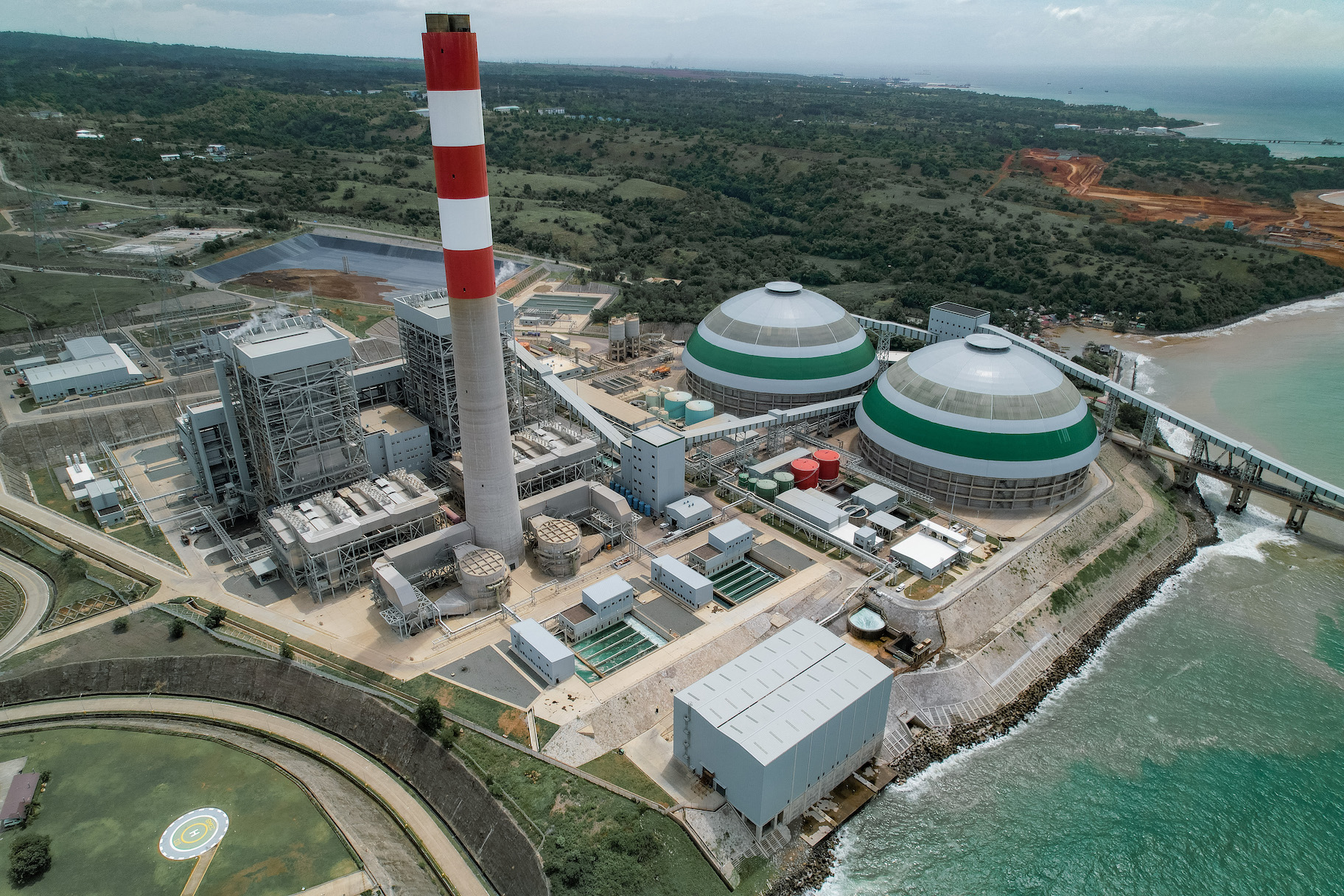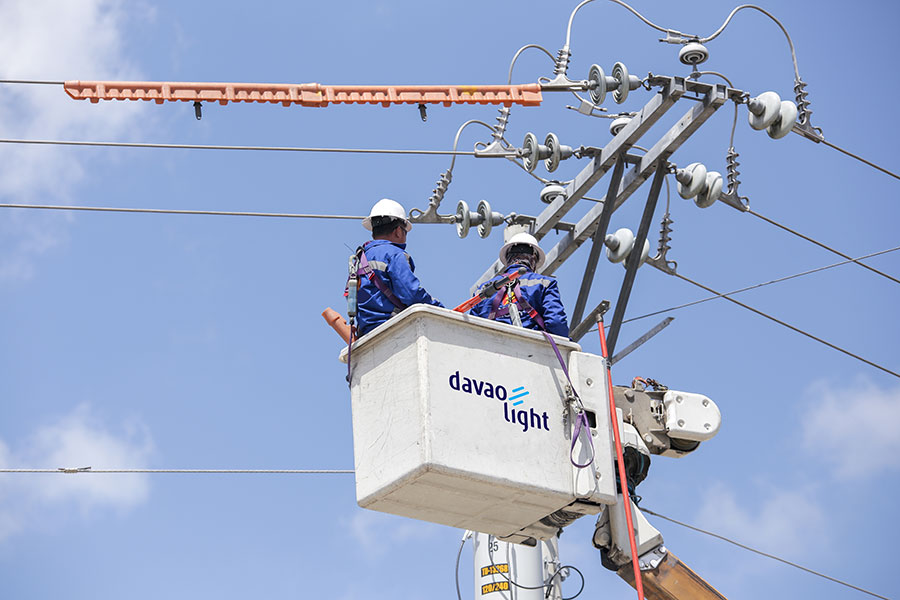Amidst the addition of more renewable energy (RE) capacity, Aboitiz Power Corporation (AboitizPower) emphasized the need to develop liquified natural gas (LNG)-to-power projects, as well as assess decarbonization strategies on traditional power generation assets, to create a balanced energy mix that will support the country’s baseload electricity requirements vis à vis its economic growth and development.
“We have to consider the whole power system. Renewable is not going to do it alone. Coal-fired power plants cannot do it alone. LNG can be the transition fuel to support the demand for stable electricity, while society is still figuring out how to balance reliable, affordable, and sustainable energy solutions for baseload power,” AboitizPower Thermal Power Generation Group Chief Operating Officer Felino M. Bernardo explained in an interview.
LNG is considered a cleaner baseload fuel as it emits between 45% to 55% less greenhouse gas emissions than coal. It also complements RE power generation since LNG-powered turbines are able to quickly ramp up or down the quantity of its generated electricity to complement the inherent variability of certain RE sources. However, current market conditions have rendered LNG prices to be volatile.
A diverse national energy mix composed of renewables and thermal, as well as energy storage and even carbon capture, use & storage must be considered as an approach that can balance the growing needs for energy security, affordability, and sustainability, respectively.
In that regard, AboitizPower expanded its area of collaboration with Japan’s largest generation company, JERA Co., Inc. (JERA), via the assessment of the feasibility of co-firing ammonia on coal plants and hydrogen on LNG facilities to reduce carbon emissions during thermal power generation.
“We’re looking at having that [feasibility] study perhaps starting next year. Assuming everything goes well, our aim is to get [results] within the decade,” Bernardo said.“Hopefully, by 2030, the prices [of ammonia] have already gone down, then we can do our own test in one of our facilities.”
For context, while ammonia is easy to transport, its cost per metric ton is still high, currently at least twice the price of coal. Moreover, most of the ammonia supply in Japan is already being utilized for agricultural purposes, hence the necessity of strengthening the logistics network of ammonia.
Bernardo underscored the need to develop the technology and the supply chain before co-firing can be considered feasible in the Philippines. Moreover, even if the rest of the decade is earmarked for feasibility studies, more years would be required to solidify investments and improve relevant supply chains.
JERA will start a 20% ammonia generation demonstration test this year in Japan before taking steps to increase it to over 50% by 2028. Bernardo previously said that AboitizPower is trying to get financial support for its own ammonia co-firing feasibility study from METI, Japan’s Ministry of Trade and Industry.
He also commented on the possible role of small modular reactors (SMRs) in the country’s transition to a cleaner energy mix.
“I believe that [nuclear] could be part of the Philippine energy mix. It’s just a matter of time. What’s important is that we make sure that we have the capacity to plan and execute it in a safe way. Safety is number one as far as nuclear technology is concerned,” Bernardo said.
“If the promise of SMR will come true, it’s going to be affordable as well,” he added, but noted how it will also require decades before costs and, hence, prices are lowered.
Nuclear energy technology is seen as a source of reliable and clean baseload power, considering the weather-independence of its fuel and its zero CO2 emissions. However, uncertainties remain concerning inevitable tradeoffs in resources — which includes locating where to build nuclear plants and where to store waste, as well as the costliness of nuclear technology, especially of SMRs, given how it is not as established as other traditional energy sources in the country.
As the growth in electricity demand increases annually, the Energy department has set a goal to expand the share of RE in the country’s power generation mix to 35% and 50% by 2030 and 2040, respectively, with the rest being allocated to thermal power plants.
AboitizPower is expanding its RE portfolio to 4,600-MW, resulting in a 50:50 balance between its RE and thermal capacities by 2030. As of 2023, AboitizPower has a pipeline of more than 1,000 MW of RE projects, including developing wind and solar farms throughout the country, as well as geothermal.



